Parque Municipal Odong (오동근린공원)
8.6Km 2022-05-03
Deokneung-ro 42-gil 49, Gangbuk-gu, Seúl
El Parque Municipal Odong está situado en los barrios de Beon-dong y Mia-dong, en el distrito de Gangbuk-gu, y en el barrio de Wolgok-dong, en Seongbuk-gu. El parque es grande en tamaño y tiene un bosque denso con varias instalaciones como un área de descanso, un centro deportivo, un césped, una pista de tenis, un camino de digitopuntura cubierto de plastilina roja, un sendero y mucho más. Los residentes visitan este lugar como un área de descanso y un área recreativa gracias a sus varias instalaciones.
Estación de Yeongdeungpo (영등포역)
8.7Km 2021-02-04
Gyeongin-ro 846, Yeongdeungpo-gu, Seúl.
La Estación de Yeongdeungpo está localizada en Yeongdeungpo-dong 1-ga, distrito de Yeongdeungpo-gu de la ciudad de Seúl. Se encuentra entre las estaciones de Singil y Sindorim. Comenzó a funcionar como estación el 18 de septiembre de 1899 y en ella operan las líneas Gyeongbuseon y Gyeonginseon desde 1936. La estación vende billetes para pasajeros y los visitantes pueden usarla para tomar las líneas Saemaeul, Mugunghwa y el metro de Seúl.
Fortaleza Bukhansanseong (북한산성)
8.7Km 2025-08-19
Bukhan-dong, Deogyang-gu, Goyang-si, Gyeonggi-do.
La Fortaleza Bukhansaseong, ubicada dentro del Parque Nacional del Monte Bukhansan, fue construida en 1711 durante el período de Joseon (1392-1910). Esta fortaleza es de 7 m de alto, 8 m de largo y actualmente tiene más de 290 años. La fortaleza funcionaba como lugar de descanso para los reyes en situaciones de emergencia cuando tenían que abandonar sus palacios de la ciudad capital y retirarse. Por lo tanto, la fortaleza Bukhansanseong fue construida para que se mantuviese completamente independiente de la ciudad capital. Hay 15 portones para proteger la fortaleza. No era tan lujosa como los palacios de los reyes, pero este espacio con 120 habitaciones bastaba como palacio de montaña para el rey. Haciendo uso de la línea de la cresta que comienza en Bakundae en el sur, la Fortaleza Bukhansanseong fue construida para aprovechar las ventajas del terreno accidentado y el acantilado del área que la rodea. Esta fortaleza es del estilo representativo del período de Joseon y su arquitectura tradicional armoniza con la belleza del monte Bukhansan, famoso por sus encantadores formas de granito. El cercado de la fortaleza le permite seguir las paredes en una caminata de ocio. En otoño, las hojas que tornan el color de la montaña hacen que la fortaleza sea aún más encantadora.
Parque de la Copa Mundial (월드컵공원)
8.7Km 2022-12-15
Haneulgongwon-ro 84, Mapo-gu, Seúl.
El Parque de la Copa Mundial fue construido en conmemoración del 17mo. Mundial de Fútbol de FIFA. El parque abrió el 1º de mayo de 2002, y era un terreno que contenía más de 92 millones de toneladas de basura. Se tardaron 6 años en estabilizar los desechos (se calculó la cantidad para la prevención de desechos que contaminan el medio ambiente) y un año adicional para la construcción del parque. El parque se ubica cerca del Estadio de la Copa Mundial de Seúl y está constituido de 5 pequeños parques que incluyen el parque Pyeonghwa (paz), Haneul (cielo) y Noeul (atardecer). El parque es muy concurrido por gente joven que disfruta de andar en patines.
Parque Pyeonghwa (Parque de la Paz): Es el parque más cercano al estadio de la Copa Mundial de Seúl, con un estanque, un jardín, una plaza de juegos para niños y un bosque. Es un área muy popular para hacer pícnic y estudios de ciencias de la naturaleza.
Parque Nanjicheon: Este parque se desarrolló cerca del arroyo Nanji, que fluía bajo el parque Haneul. Antiguamente estaba desbordado con las aguas cloacales que caían de las tierras rehabilitadas, pero ha sido restaurado, convertiéndose en un hermoso parque con aguas limpias. Dispone de un escenario al aire libre e instalaciones deportivas.
Parque Nanji: El parque Nanji se desarrolló en la ribera del río Hangang. Dispone de un campo de campamento, cancha de fútbol, cancha de básquet, espacio verde, un pueto para cruceros y un área para estudios de ciencias naturales.
Parque Haneul (Parque del Cielo): De los 5 parques del estadio, el parque Haneul es el que se halla a mayor altura. En el pasado, fue una montaña de basura, pero ahora es una colina verde con 22 miradores y que ofrece un hermoso panorama de la ciudad de Seúl, el monte Namsan, el monte Bukhansan y el monte Gwanaksan. Los 5 generadores eólicos suministran energía al parque y a la oficina administrativa del parque.
Parque Noeul (Parque del Atardecer): El parque Noeul cuenta con un campo de golf de 9 hoyos y ocupa una extensa área de tierra rehabilitada. Este parque se diseñó como una pradera, porque un gran desarrollo habría dañado el medio ambiente, a causa de los desechos enterrados. Este parque brinda un excelente panorama del río Hangang y la oportunidad de capturar un hermoso atardecer.
Durante el Festival de Eoksae, en otoño, mucha gente viene a este lugar a ver las vistas nocturnas, especialmente del Parque Haneul.
La qoutte - Konkuk Univ. Branch (라구뜨 건대)
8.7Km 2025-07-17
92, Neungdong-ro, Gwangjin-gu, Seoul
You can enjoy dishes prepared by professional chefs on the spot. This Korean dishes restaurant is located in Gwangjin-gu, Seoul. The representative menu is buffet.
Times Square (타임스퀘어)
8.8Km 2024-02-21
Yeongjung-ro 15, Yeongdeungpo-gu, Seúl.
Hotel Provista (프로비스타 호텔)
8.8Km 2025-07-28
338, Seocho-daero, Seocho-gu, Seoul
Perbacco (페르바코)
8.8Km 2024-09-11
30 Neungdong-ro 16-gil, Gwangjin-gu, Seoul
Piscina de Ttukseom del Parque del Río Hangang (한강시민공원 뚝섬수영장)
8.8Km 2023-10-06
Gangbyeonbuk-ro 139, Gwangjin-gu, Seúl.
La Piscina de Ttukseom es una piscina ubicada dentro del Parque Ttukseom del Río Hangang, que ofrece un descanso refrescante y diversión durante el verano.
Centro de Defensa Civil de Gwangnaru (광나루안전체험관)
8.8Km 2025-03-29
Neungdong-ro 238, Gwangjin-gu, Seúl
+82-2-2049-4061
El Centro de Defensa Civil tiene como objetivo instruir y educar a los ciudadanos para la protección civil ante los desastres naturales o provocados por seres humanos, orientado mayoritariamente a los niños y adolescentes. Mediante varias actividades completas, los participantes pueden vivir una experiencia muy realista con la ayuda de bomberos y otro personal de seguridad ciudadana, para aplicarla en su vida diaria.
* Todos los visitantes reciben una lección obligatoria sobre las normas de seguridad y advertencias antes de iniciar la visita.
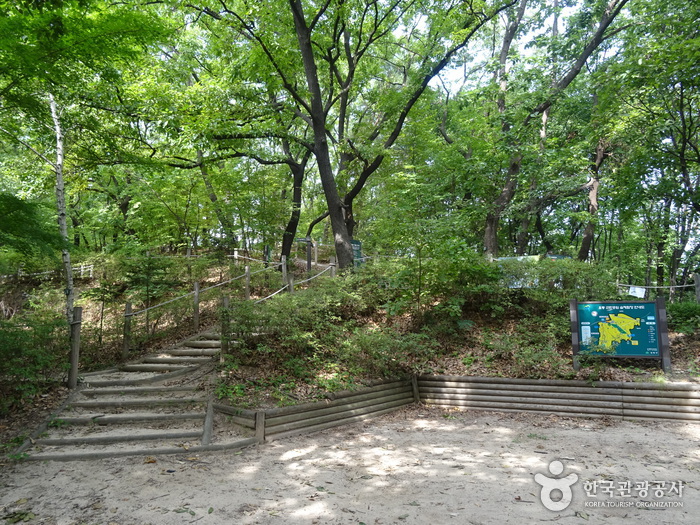

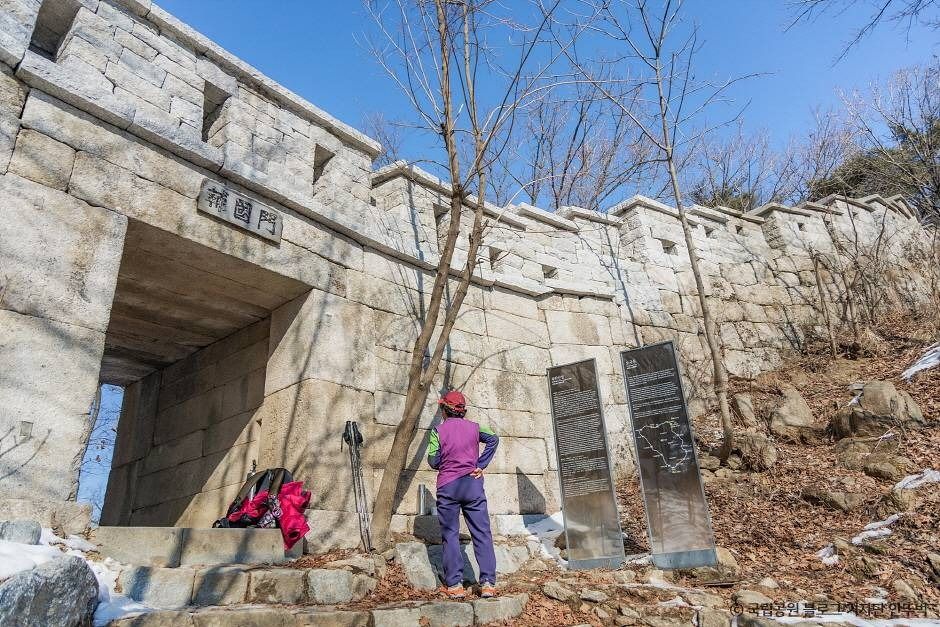
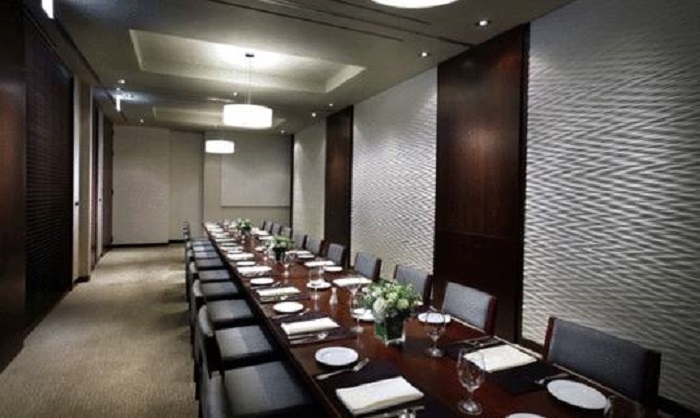
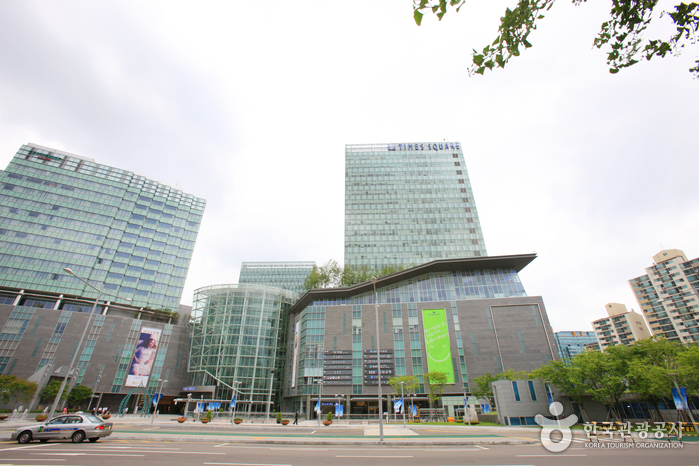
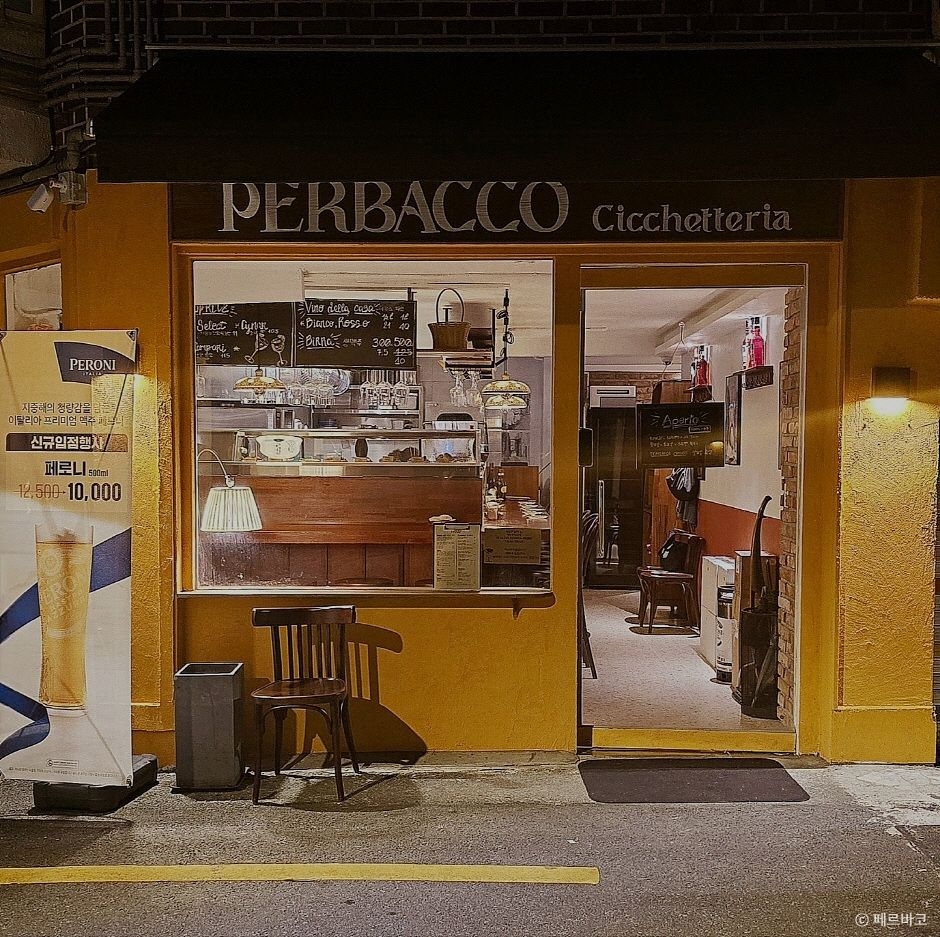
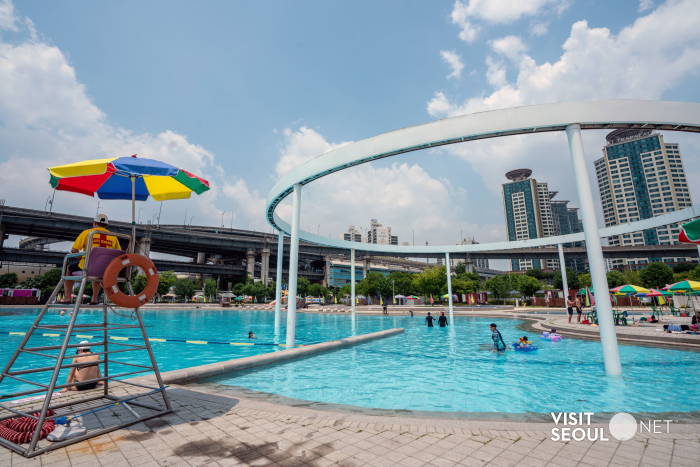
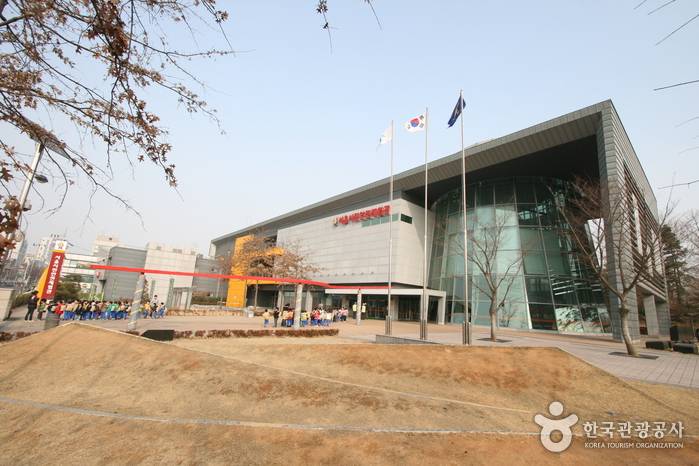
 Español
Español
 한국어
한국어 English
English 日本語
日本語 中文(简体)
中文(简体) Deutsch
Deutsch Français
Français Русский
Русский